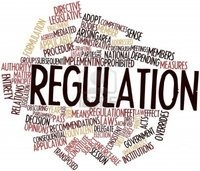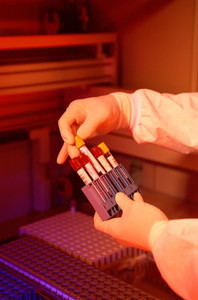In an effort to improve safety detection, the FDA issued a final rule and draft guidance on 29 September 2010 to clarify the requirements governing safety reporting requirements for human drug and biological products subject to an investigational new drug (IND) application.
The FDA’s 2010 final rule and draft guidance
Home/Guidelines
|
Posted 04/02/2011
 0
Post your comment
0
Post your comment

The rule becomes effective on 28 March 2011 and also imposes safety reporting requirements on bioavailability and bioequivalence studies.
The FDA believes that the new requirements will enhance the quality of safety reporting and will strengthen the agency’s ability to review critical safety information, by reducing submissions of uninformative IND safety reports and clarifying the situations where certain adverse events should be reported as group data (as opposed to individually).
The final rule also revises several definitions and reporting standards to be more consistent with the International Conference on Harmonization of Technical Requirements for Registration of Pharmaceuticals for Human Use and the WHO’s Council for International Organizations of Medical Sciences and the EU.
The final rule includes, amongst others, changes/clarifications to the following points:
- new terms and definitions, e.g. adverse event and suspected adverse reaction
- reporting of new safety information and IND safety reports, e.g. when IND safety reports are required
- investigator brochure, e.g. when required and what should be in it
- unblinding, e.g. use of a data monitoring committee to review unblinded data in case of suspected adverse reactions.
Most of the requirements in the final rule are not new; however, they clarify existing requirements to promote submission of meaningful safety information. Many sponsors already have processes in place for ongoing surveillance of accumulating safety information. Importantly, the FDA does not anticipate that implementation of these new requirements will require sponsors to make major changes to their current practices or ongoing clinical trials.
Source: FDA
Policies & Legislation
ANVISA tackles 24-month backlog in biologicals post-registration petitions
US EO: delivering Most-Favored-Nation Prescription Drug Pricing to American patients
Most viewed articles
The best selling biotechnology drugs of 2008: the next biosimilars targets
Global biosimilars guideline development – EGA’s perspective
New guidance for biologicals in Pakistan and Hong Kong’s independent drug regulatory authority

Home/Guidelines Posted 20/10/2025
Canada poised to remove requirement for Phase III trials for biosimilars

Home/Guidelines Posted 22/07/2025
The best selling biotechnology drugs of 2008: the next biosimilars targets








Post your comment